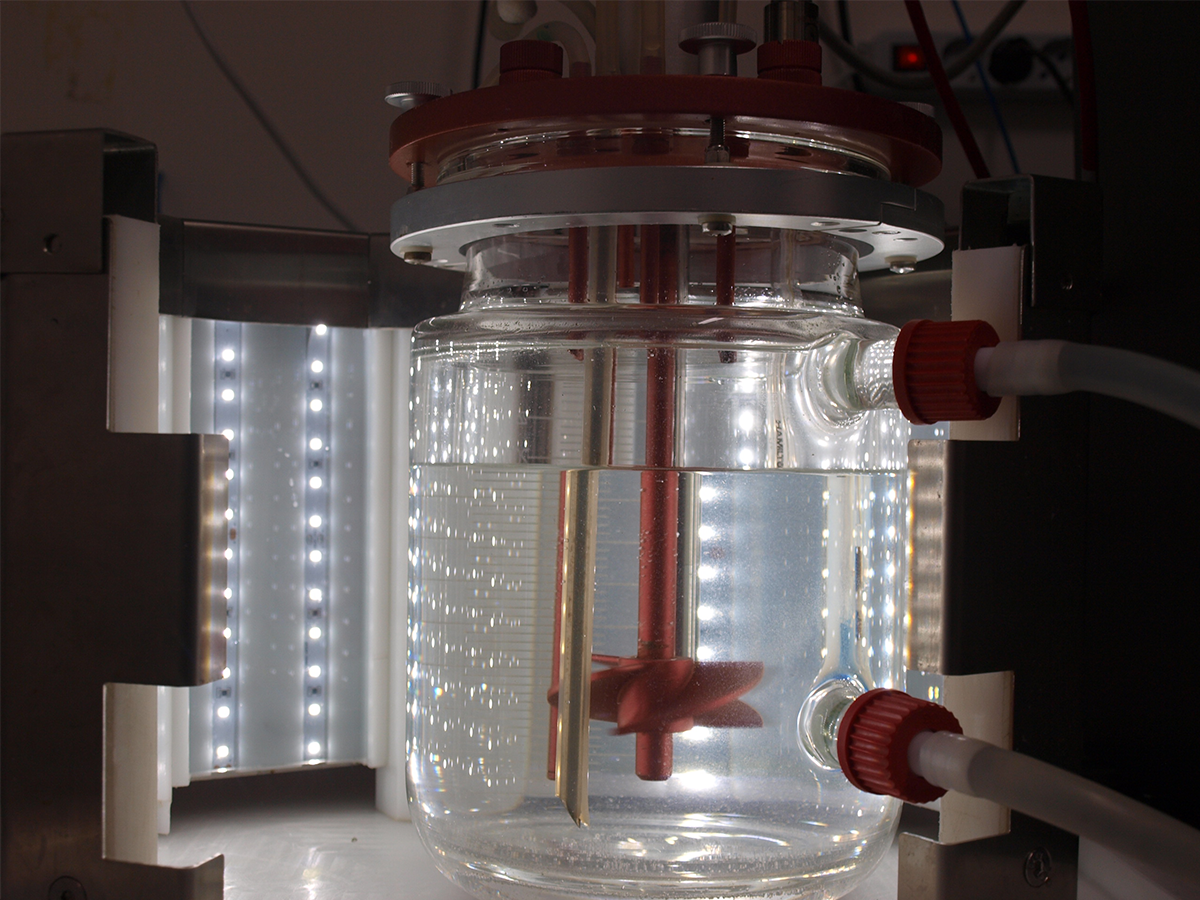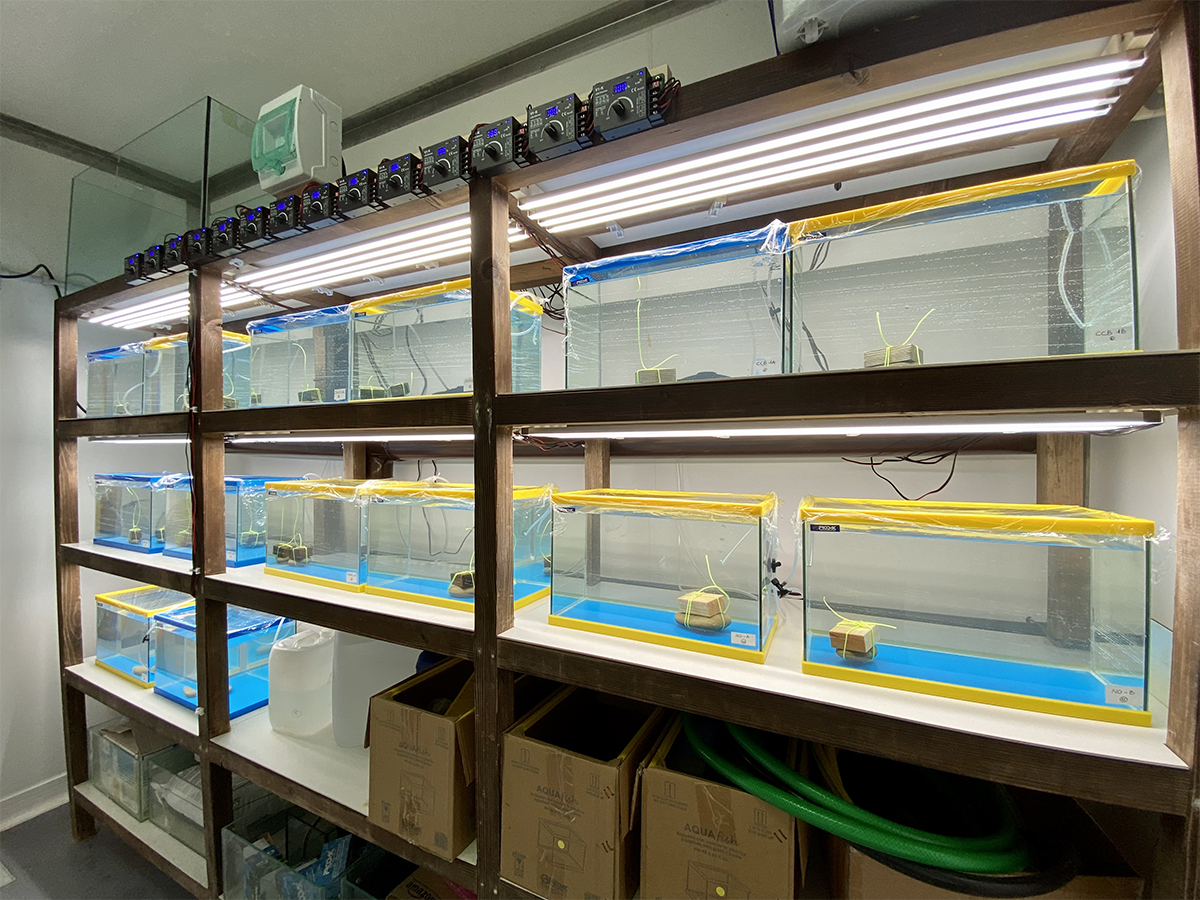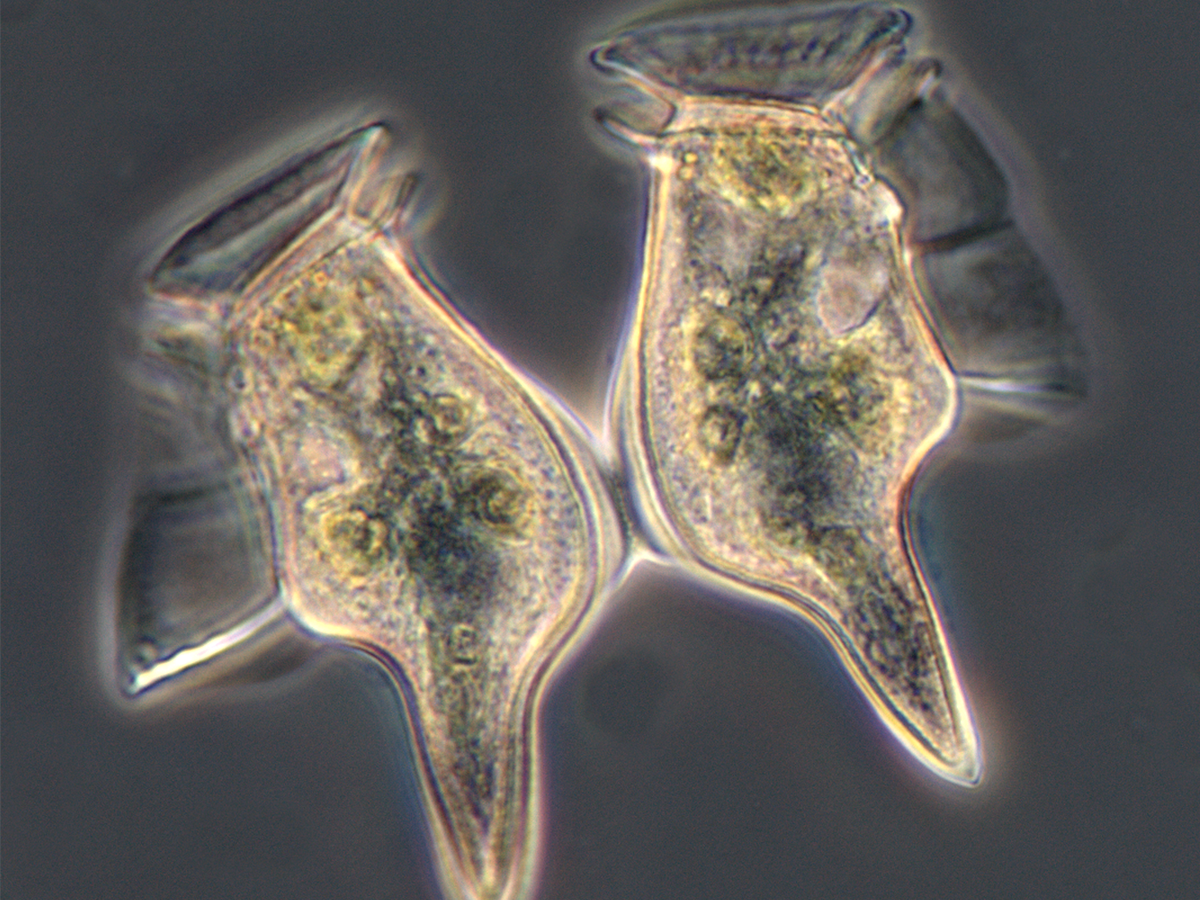The group has proven experience in chemical and biological oceanography, with particular reference to the study of biogenic element cycles, to taxonomic, physiological and ecological skills aimed at studying the biodiversity of plankton, nekton and benthos and at interpreting the role of biodiversity in the functioning of ecosystems and in biogeochemical cycles.
The group has proven experience in chemical and biological oceanography, with particular reference to the functional skills for the study of the cycles of biogenic elements, taxonomy, physiology and ecology addressed to the study of plankton, nekton and benthos biodiversity. The analysis of the structure and functioning of biological communities is aimed at interpreting the role of biodiversity in the functioning of ecosystems and biogeochemical cycles.
The group manages the Marine Biology and Chemistry laboratories, maintains and develops the CoSMi-Collection of Marine Microorganisms associated with the Microbial Resource Research Infrastructure (MIRRI) and manages the natural laboratory ECCSEL-NatLab Italy in Panarea (facility of ECCSL-ERIC).
The group carries out marine assessment activities both by contributing to the definition of analytical methodologies and interpretative frameworks, and by building specialist expertise in the field of biological and chemical analysis, in support of integrated marine assessment.
The group contributes to long-term observations at the C1 station included in the LTER (Long Term Ecological Research) network and in the Global Ocean Acidification Observing Network (GOA-ON) and the MIRAMARE station included in the ICOS-ERIC (Integrated Carbon Observing System) infrastructure. These observations also contribute to the OGS measurement network for the "Gulf of Trieste Laboratory Platform". The group also participates in the European infrastructures ECCSEL-ERIC, dedicated to techniques for the capture and storage of CO2, LIFEWATCH, dedicated to the study of biodiversity and EMBRC, which provides support services for research on marine biological resources.
The research carried out by the group focuses on a number of relevant topics in marine ecology and biological oceanography, including biogeochemistry, microbial ecology, plankton, nekton and benthos ecology.
The main research topics concern:
- the response of marine ecosystems to natural variability and anthropogenic perturbations (e.g. CO2 increase, climate change, pollution);
- benthic-pelagic coupling and the study of processes at the interface between water and sediments;
- the role of microbial activities in biogeochemical cycles (of C, N, P, Fe, S, ...);
- ecosystem functioning in the polar seas;
- the relevance of biodiversity to the functioning of coastal, pelagic and benthic marine ecosystems;
- the characterisation of trophic status and factors affecting its variability; trophism of gelatinous organisms and assessment of trophic relationships between these organisms and the main planktivorous fish species;
- the assessment of the potential impact on the marine ecosystem of possible CO2 leakage from geological storage systems using both "natural laboratories" (Panarea, Aeolian Islands), through the ECCSEL Natlab Italy infrastructure, and laboratory experiments.




